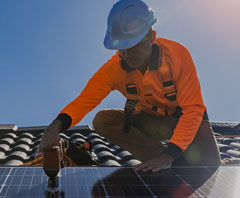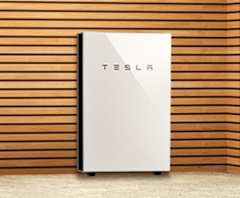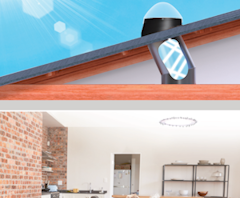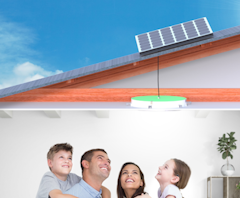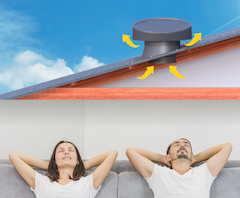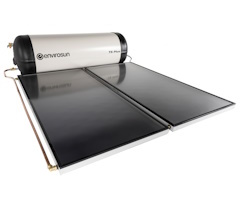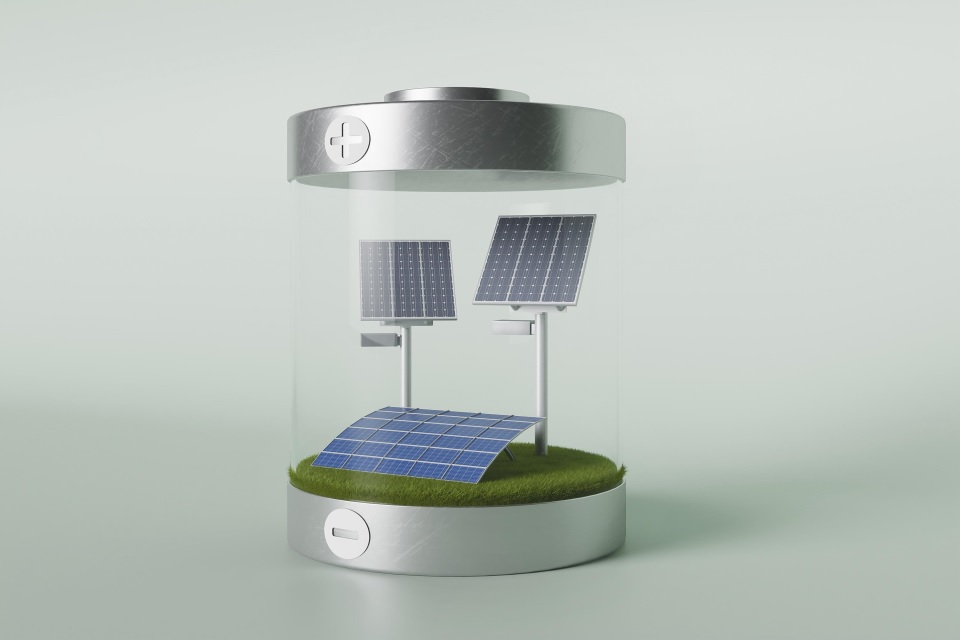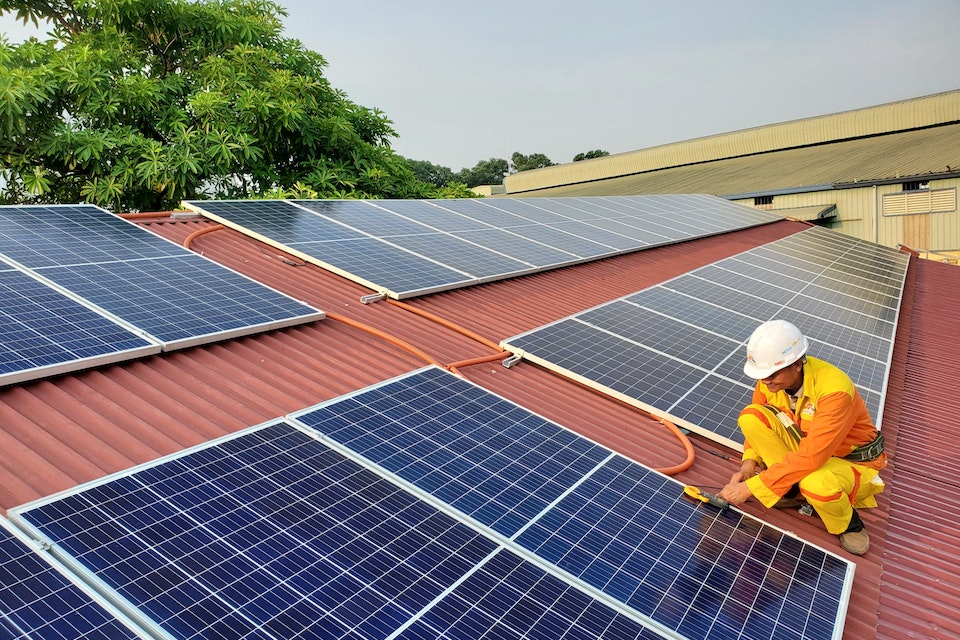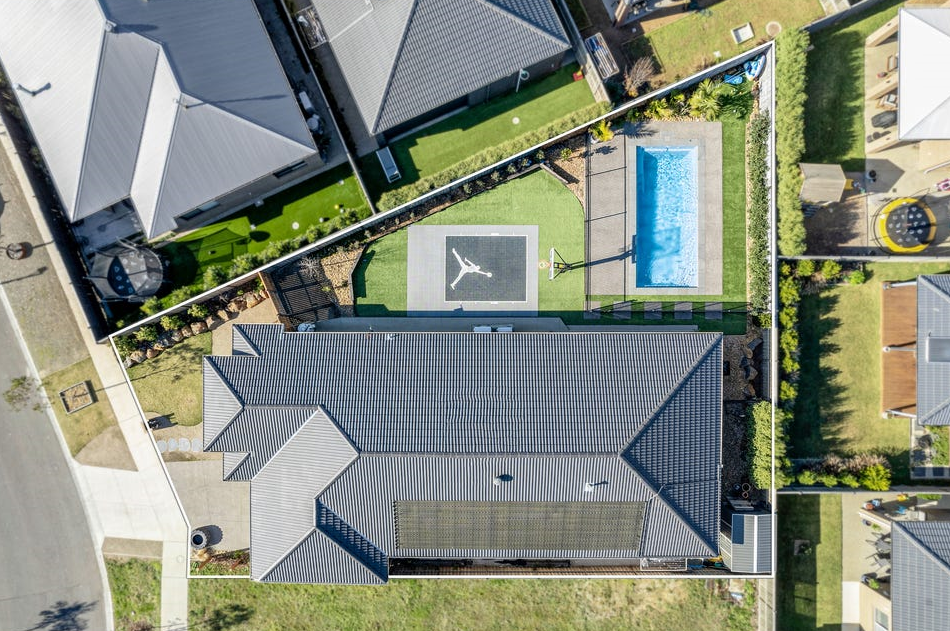Australians are blessed with good weather throughout much of the year, with warm summers and generally mild winters being the norm. It’s hardly surprising to see Aussies rapidly embrace renewable energy options, particularly solar power. A report from the Australian Photovoltaic Institute shows there were over 3.52 million solar PV installations in Australia as of June 2023. While this is a terrific step forward, the push for renewable energy has just begun.
Solar batteries in Sydney cost significantly less than they did five years ago. When the price of a product decreases, there is usually an increased uptake. Most climate change advocates hope this will lead to an even faster adoption of solar battery installations in Australia. Of course, solar energy and solar battery storage are only some of the renewable energy choices we have in Australia. There are other renewable energy sources out there, and with continued effort, we can use them to break away from our fossil fuel reliance. Let’s take a look at the future of sustainable energy in Australia.
Different Types of Sustainable Energy
While solar energy gets most of the press, it’s far from the only renewable energy source we have. One that’s been around for ages is wind energy. Wind energy has been around in Australia for a while now, and wind farms are found on varying scales throughout the country.
We also have hydroelectric power, which takes advantage of our considerable water supplies. Large-scale systems like the Snowy Mountains hydro are still important for our overall energy production, and for many years, Tasmania relied heavily on hydro energy.
Aside from those more well-known sources, new renewable energy sources like tidal and geothermal are being discovered. These aren’t fully established energy sources yet, but with more research, they have great potential.
Improved Solar Technology
Despite many options for renewable energy in Australia, the main focus currently is solar power. It’s the most easily accessible for homeowners, so it’s a big player in the renewable energy space.
Solar panel efficiency is improving every year. New technology and other advancements mean solar panels are always improving, making them more attractive to the public.
Perhaps the biggest change in recent times is the price of solar batteries. Since 2010, the costs of a solar battery have plummeted, and prices continue to get lower as each year passes. Improved technology, increased market competition, and the corresponding rise in electricity costs now make solar battery storage a much more attractive proposition for Australian homeowners.
The Role of Governments
Government policies play a massive role in shaping our country’s sustainable energy future. State and Federal governments have shown varying degrees of support for renewable energy schemes, but a push towards a sustainable future goes far beyond this. Government policy and infrastructure development also need to align with a greener future. Unfortunately, our government is still authorising the construction of more fossil fuel plants. So, there is still work to be done in this area. A government committed to renewable energy must set a proper regulatory framework for transition.
While most people understand that you can’t just instantly build renewable energy infrastructure and switch off the coal plants, we’re reaching a point where strategic planning needs to come under the microscope. With more international and public pressure to take climate action, governments must step up and continue the push.
Solar Batteries and Consistent Power Supply
Cheaper, cleaner energy is a goal for many Australians. However, the future of sustainable energy hinges largely on achieving reliability. The current national energy grid, primarily fuelled by coal-burning plants, has been criticised heavily for its lack of reliability. Power outages can be frequent, irritating, and even dangerous, depending on where you live.
This is where energy storage becomes a major factor. If you have a solar battery in your home, you can store excess energy generated during the day. When your solar system stops generating in the evening or on overcast days, you still have a supply of power. This means less reliance on the main grid and, subsequently, lower energy bills.
Smart grid technologies are now coming into play, making it easier to create a reliable energy network for all Australians. There is a big hope that this technology will lead to fewer outages and a more stable energy supply.
Looking for the Best Solar System Installation in Town?
If you’re ready to make the switch to solar energy, now is the perfect time. If you want to be part of the clean, green revolution and save money on power bills in the process, SolarBright can provide you with all things solar. We offer high-quality solar systems suited to your individual needs, including solar panels, solar inverters, solar battery, and even skylights. If you’re keen to save money on energy bills, we’re ready to help. Contact us today to learn how we can help you make the switch to solar.
Read Also:
